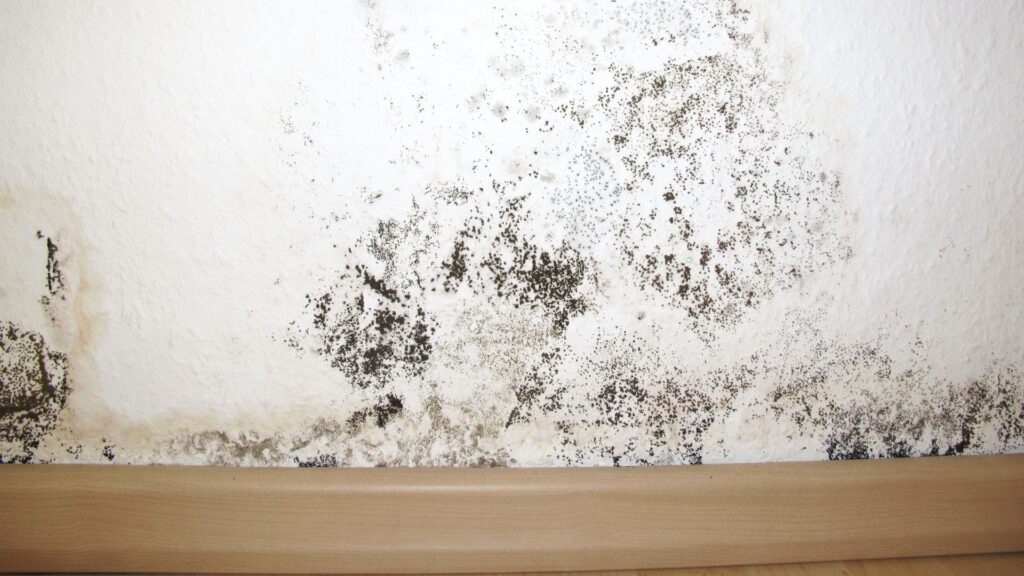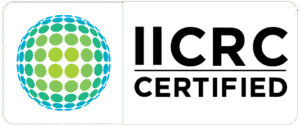Mold doesn’t just damage walls and ceilings — it can also harm your health. In Vancouver, where humidity and rainfall are common, mold can grow almost anywhere: behind drywall, under carpets, inside HVAC systems, or around leaky windows. Even when you can’t see it, mold releases microscopic spores that float in the air and affect your indoor air quality. Here’s what you need to know about how mold impacts your body, your home, and what to do about it.
How Mold Spreads Indoors
Mold reproduces by releasing spores into the air. These spores travel easily through ventilation systems and settle on damp surfaces, starting new colonies. If humidity levels remain above 60 percent or if there is hidden moisture from leaks or condensation, mold can spread throughout your home in just a few days.
Health Effects of Mold Exposure
Everyone reacts differently to mold, but long-term exposure is never safe. Common symptoms include:
- Sneezing, coughing, and runny or stuffy nose
- Itchy or watery eyes
- Wheezing or shortness of breath
- Skin irritation or rashes
- Fatigue and headaches
People with asthma, allergies, or weakened immune systems are especially vulnerable. Children and seniors may experience more severe reactions. Prolonged exposure to high levels of mold spores can lead to chronic respiratory issues and worsen existing conditions.
How Mold Affects Indoor Air Quality
When mold grows indoors, it releases spores, fragments, and chemicals called mycotoxins. These airborne particles circulate through your ventilation system, reducing the quality of the air you breathe. Poor indoor air quality can cause symptoms even when mold growth isn’t visible.
- Airborne mold spores increase allergy and asthma attacks
- Mycotoxins can cause throat and eye irritation
- Musty odors indicate ongoing contamination and hidden moisture
- HVAC systems can spread spores throughout the property if not cleaned
Where Mold Commonly Grows in Vancouver Homes
- Bathrooms and showers with poor ventilation
- Basements and crawl spaces with high humidity
- Attics with roof leaks or insufficient airflow
- Window sills and corners with condensation
- Behind drywall or under carpets after water damage
Improving Air Quality After Mold Contamination
Removing visible mold is only part of the solution. To restore safe indoor air quality, the entire environment must be cleaned and dried correctly. Professional remediation includes:
- Containment to stop spores from spreading to clean areas
- HEPA air filtration to capture airborne mold particles
- Removal of contaminated materials such as drywall or insulation
- Sanitization with EPA-approved antimicrobial products
- Drying with industrial dehumidifiers to prevent regrowth
How Novaco Restoration Can Help
At Novaco Restoration, we specialize in professional mold remediation and air quality improvement across Vancouver. Our certified technicians locate hidden mold, remove contamination safely, and restore fresh, clean air to your property. We also help prevent future mold by identifying and fixing the moisture source.
Call Novaco Restoration 24/7 at 604 400 4800 for certified mold inspection and remediation in Vancouver and the Lower Mainland.
Frequently Asked Questions
Is all mold dangerous
Not every type of mold is toxic, but all mold should be removed quickly. Even non-toxic mold can cause allergies, asthma symptoms, and property damage.
How can I tell if mold is affecting my air quality
Persistent musty odors, unexplained allergies, or condensation problems often indicate poor air quality from hidden mold. Professional air testing can confirm the source.
Can air purifiers remove mold spores
HEPA air purifiers can reduce airborne spores but won’t remove the source. Proper remediation and drying are required to stop mold from coming back.
How can I prevent mold from returning
Keep humidity below 50 percent, ventilate bathrooms and kitchens, fix leaks immediately, and schedule regular inspections after water damage.





